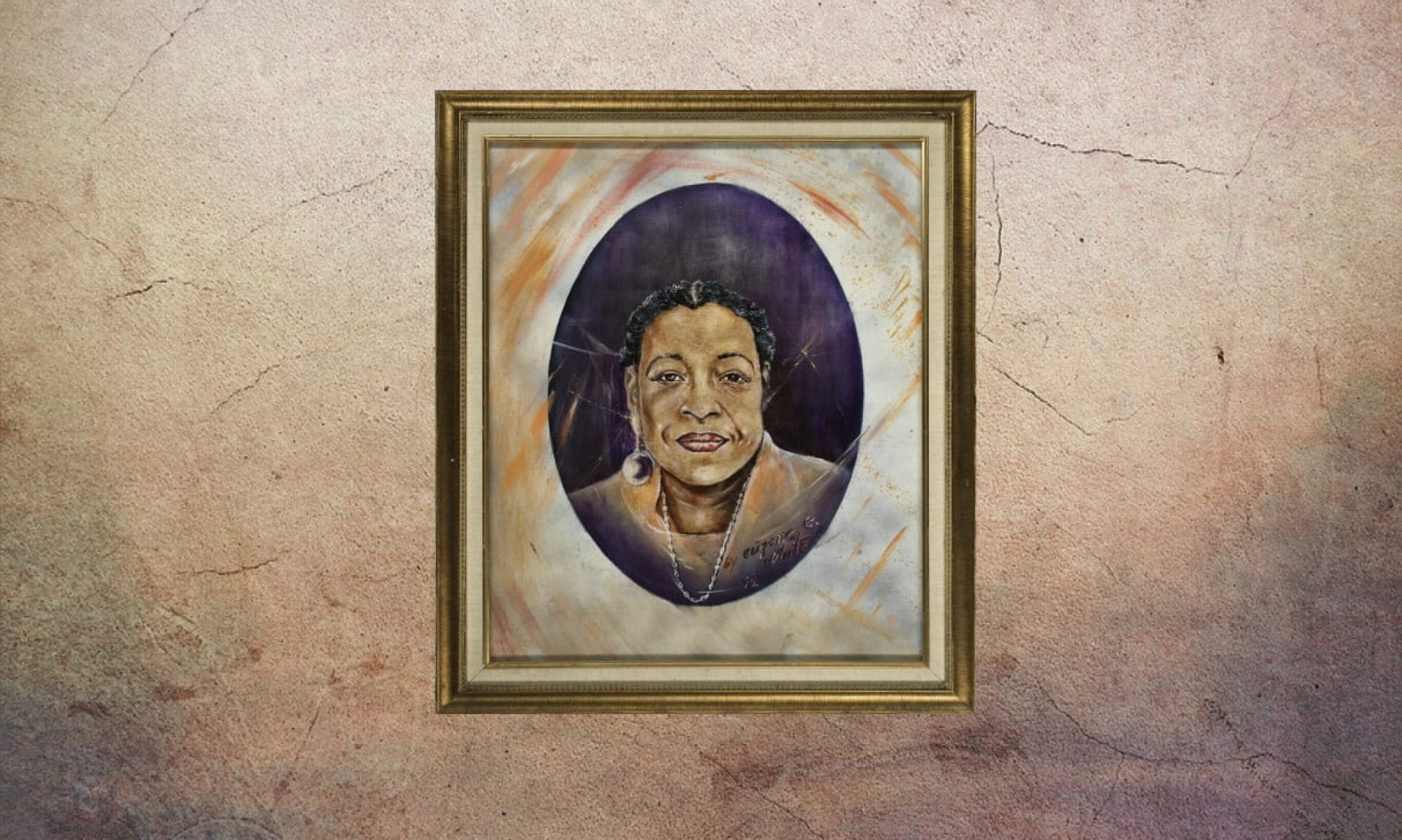
James E. Stratten was born in Cedartown, Georgia, on November 20, 1913. He later attended Talladega College in Alabama where he earned his bachelor’s degree before moving to New York to attend Columbia University to receive a master’s degree in physical education (SFGate). He went on to play professional football with the New York Brown Bombers and Black Hawks in addition to playing semi-pro basketball in the Central New Jersey League (“New Supervisor”). In 1945 Stratten, who at the time was working as a regional supervisor for the United Service Organizations in New York, decided to move to San Francisco (SFGate).
In 1945, James Stratten was appointed Executive Director of the Booker T. Washington Community Center (BTWCC), which was founded during World War I to serve the needs of the impoverished and neglected black community. Stratten’s primary goal at the center was to create different multicultural programs emphasizing leadership, responsibility, and education. He was responsible for founding programs like the Japanese Language School at the Community Center. Stratten worked closely with the Japanese community once they began to move back into the Fillmore after World War II and they were able to return the language school building on Bush Street back to the Japanese community after their displacement and removal to internment camps. This refounding of the school was one of Stratten’s dreams coming to fruition. He truly wanted to create a place where people of different ages and ethnic identities could come together and celebrate the diversity of the Western Addition.
During his tenure at the Booker T. Washington Community Center, Stratten earned many prestigious accolades and honors. In 1947, he became the first African American to be named to a grand jury in California. During his service, he was a representative at the White House Conference on Children and Youth and the White House Conference on Education. He also served on the California Youth Committee and was appointed to the Republican State Central Committee (“New Supervisor”). Additionally, Mayor Elmer Robinson appointed Stratten to be part of the San Francisco Redevelopment Agency where he served from 1950 to 1956 (“New Supervisor”). In 1954, he served as a member of the California State Board of Education, and from 1954 to 1960 he served on the advisory council of the California Congress of Parents and Teachers (“New Supervisor”). While working there, he represented the interests of the Fillmore community (SFGate).
Stratten was appointed by Mayor George Christopher to the San Francisco School Board in 1961, and then again in 1963 (SFGate). In 1964, he became the first African American president of the school board (Obituary). As the San Francisco School Board President, he was able to engage the community in how the district could better benefit the area by receiving the input of those living there.
After stepping down from the Booker T. Washington Center in 1967, he took a position appointed by Governor Ronald Reagan with the National Afro-American History and Culture Commission as the Administrative Representative to the Youth Authority (SFGate). There he used his experience from more than 20 years of work at Booker T. Washington Community Center to help other organizations. Unfortunately he was taken off the school board the same year he accepted this new job by Mayor John F. Shelley because Attorney General Thomas Lynch said that his new job made him an “officer of the state.” City Attorney Thomas M. O’Conner said that Stratten’s old job as a member of the school board made him an officer of the city and it was decreed by the city charter that Stratten could not serve in both positions at once (“School Board”).
James E. Stratten inspired the lives of many, including his son Ronald Stratten, who was the first black student elected as the student body president at Lowell High School in San Francisco. Ronald also worked for the NCAA’s Education Services division and followed in his father’s footsteps as a football coach at Portland State University (Bodovitz).
James E. Stratten left a rich legacy within the Western Addition community. He was a vitally important individual and left an imprint through his knowledge of community engagement and his understanding of the community’s assets. Not only was Stratten able to speak for the African American community but he also made an effort to include other cultural groups, such as the Japanese people who were integrating back from the internment camps. In essence, James E. Stratten has a place on the Ella Hill Hutch mural because he was a strong advocate for the Fillmore and worked to help others find their voices. Stratten died on March 30, 1996, but his legacy lives on through the changes he made in the school districts in San Francisco and through those that he inspired along the way.
— Nell Baylis, Zoe Foster, and Ethan Tan
Works Cited
Bodovitz, Joe. “Stratten—the Man, the Job.” SF Examiner. 24 Mar 1961, p. 9.
Booker T. Washington Community Center. A Legacy of Victory. San Francisco: Booker T. Washington Community Center. 2008.
History of Booker T. Washington Community Center. May 2008.
“Obituary—James E. Stratten.” SFGate. 15 Apr 1996.
Wax, Mel. “New Supervisor, SF School Board Member Named.” SF Chronicle. 23 Mar 1961, pp. 1–2.
